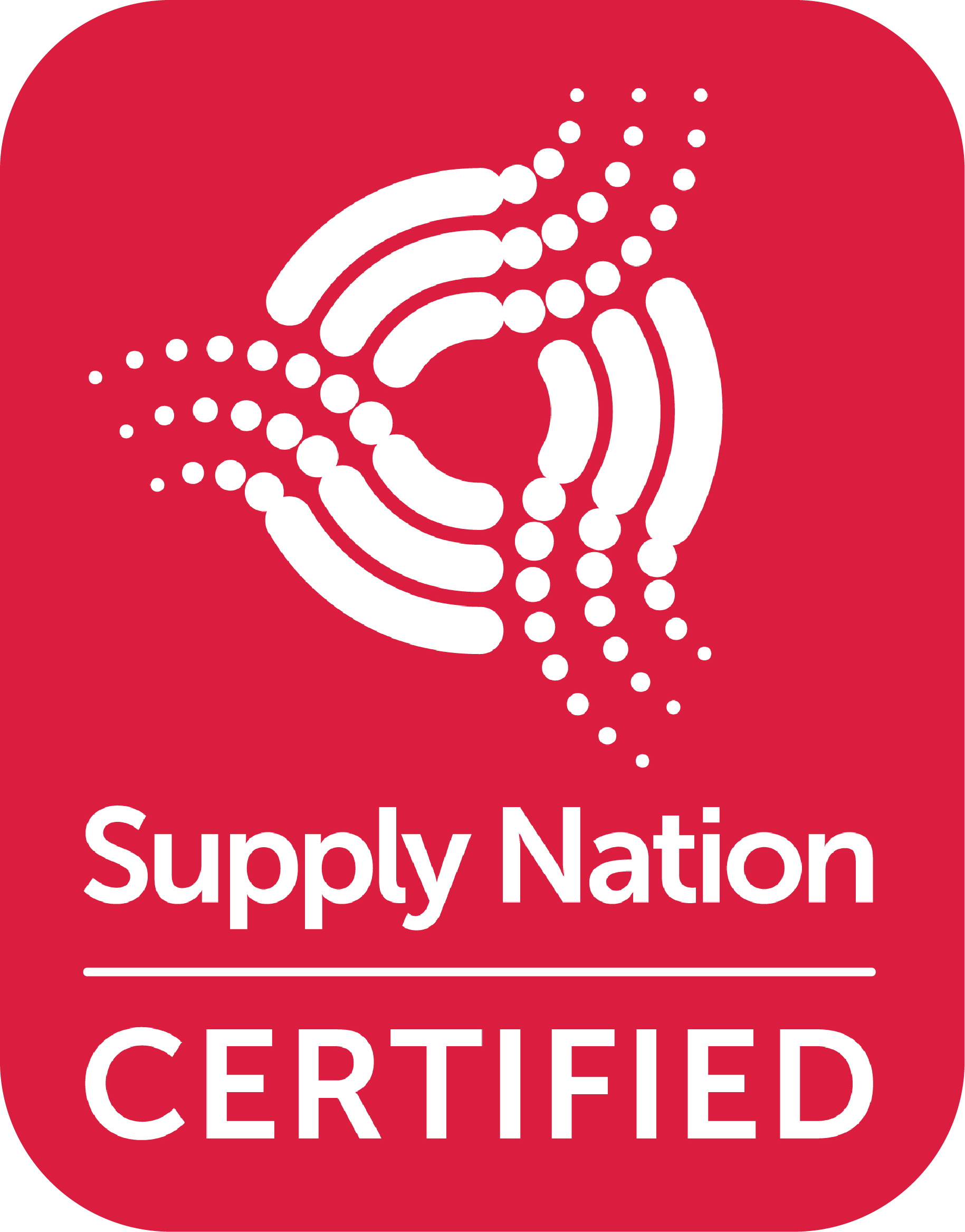
ICT Strategy and Unified Communications Solutions
Specialists in designing, deploying and delivering solutions that support your business and user experience.

Modern Workplace, Collaboration and Consulting
Built on a foundation of 20 years’ experience, Message Stick is an Indigenous-owned ICT managed service provider delivering bespoke technology solutions to public and private sector organisations.
With core skills in solutions design, service management, IT business advisory and change management, we bring a unique capability set to organisations as they contend with the dynamic nature of today’s workplace.
Additionally, our pioneering role as an Indigenous business contributes directly to the economic empowerment of Indigenous people and communities.
OUR SERVICES

Unified Communications
Highly skilled approach to all facets of UC including video conference room design and fit out, room maintenance and support, managed support and event management.
Managed telephony and contact centre solutions are available, as well as interoperability services.

IT Business Advisory
Specialist consulting services for the public and private sectors including solution architecture and design, business case development and implementation.
Expert methodologies in UC environment analytics and insights, advising on hybrid implementations and migration services.

Change Management & Customer Service
Change management and customer enablement in the deployment and adoption of technology and business process, aimed at helping customers get the most out of their ICT implementation.
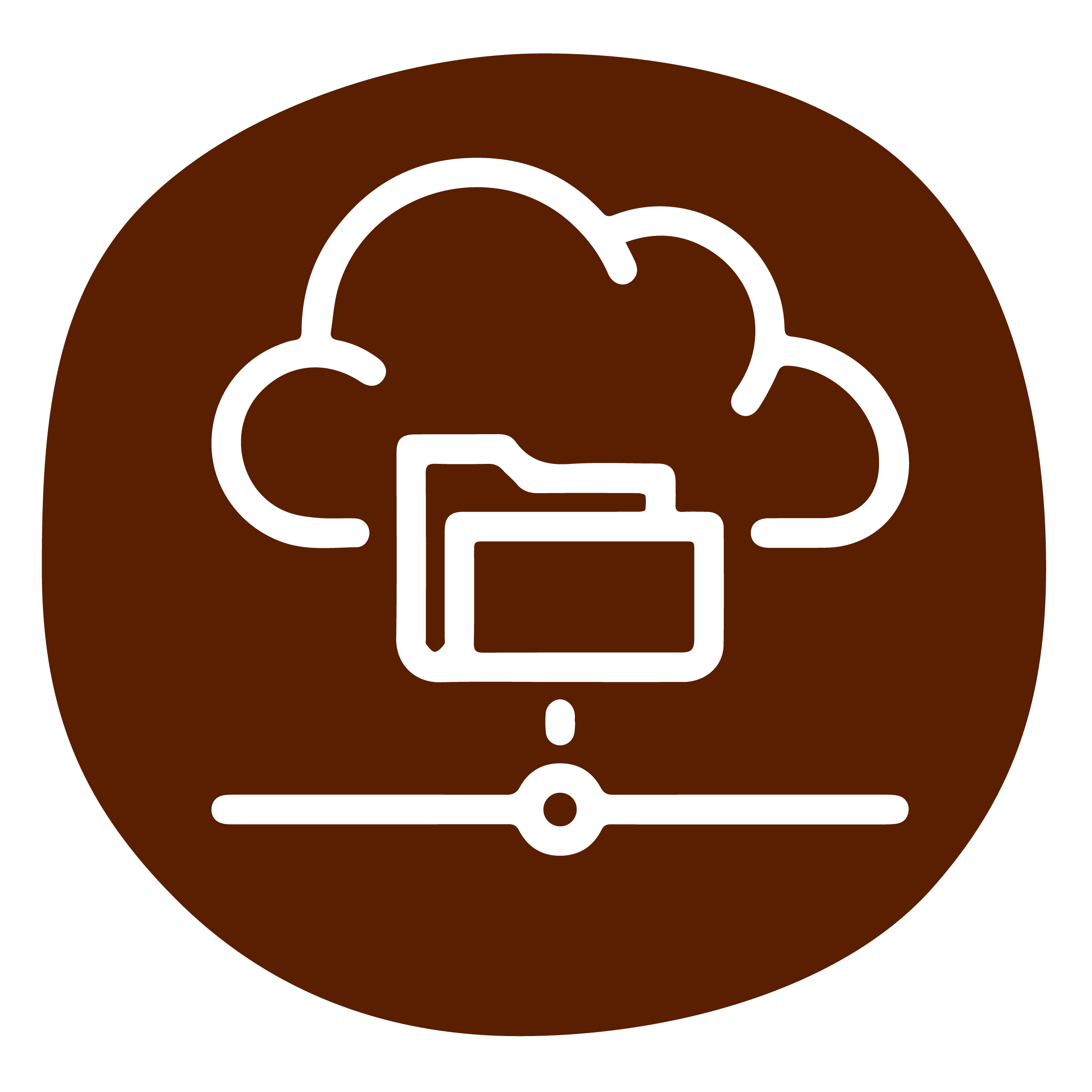
Records Management & Compliance
Records management and compliance solutions delivering compliance with ISO Information and Documentation standards, including to major public sector departments.
ABOUT US
Co-founded by the Chair Michael McLeod in 2003, Message Stick was established to demonstrate that Aboriginal Australians can own and manage a services business that successfully engages corporate and government Australia.
Michael’s firm belief is that business and asset ownership, wealth creation and personal accountability are key pathways to ending poverty and welfare dependency of Indigenous Australians.
Having successfully established Message Stick, Michael’s singular vision for the economic empowerment of First Nations people led to him co-founding Supply Nation in 2009. Today, Supply Nation has grown to more than 1500 certified or registered Indigenous businesses, hosting over 450 corporate and government members.
Message Stick continues to take its social contract seriously, continuing to provide opportunities for young Indigenous people in the form of traineeships and employment.

Michael McLeod
New website coming soon!
Learn more about our rebrand >>
OUR PARTNERS
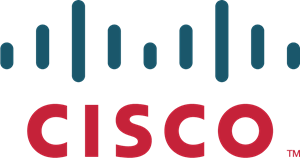




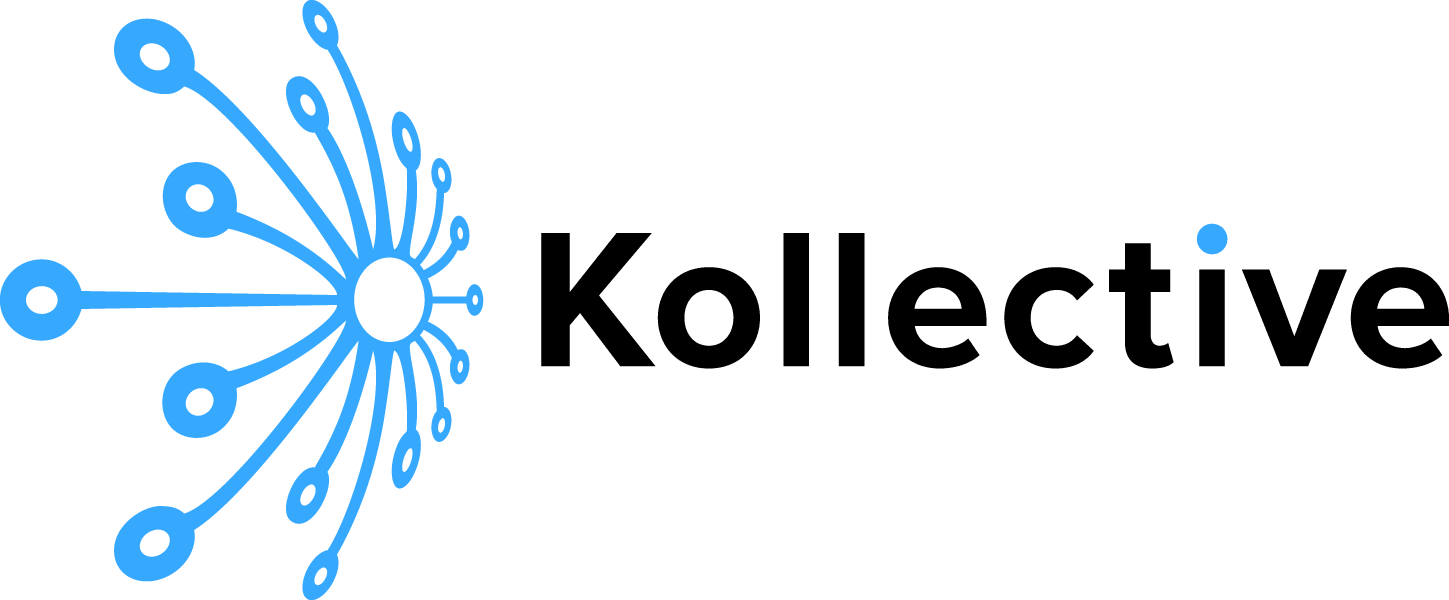
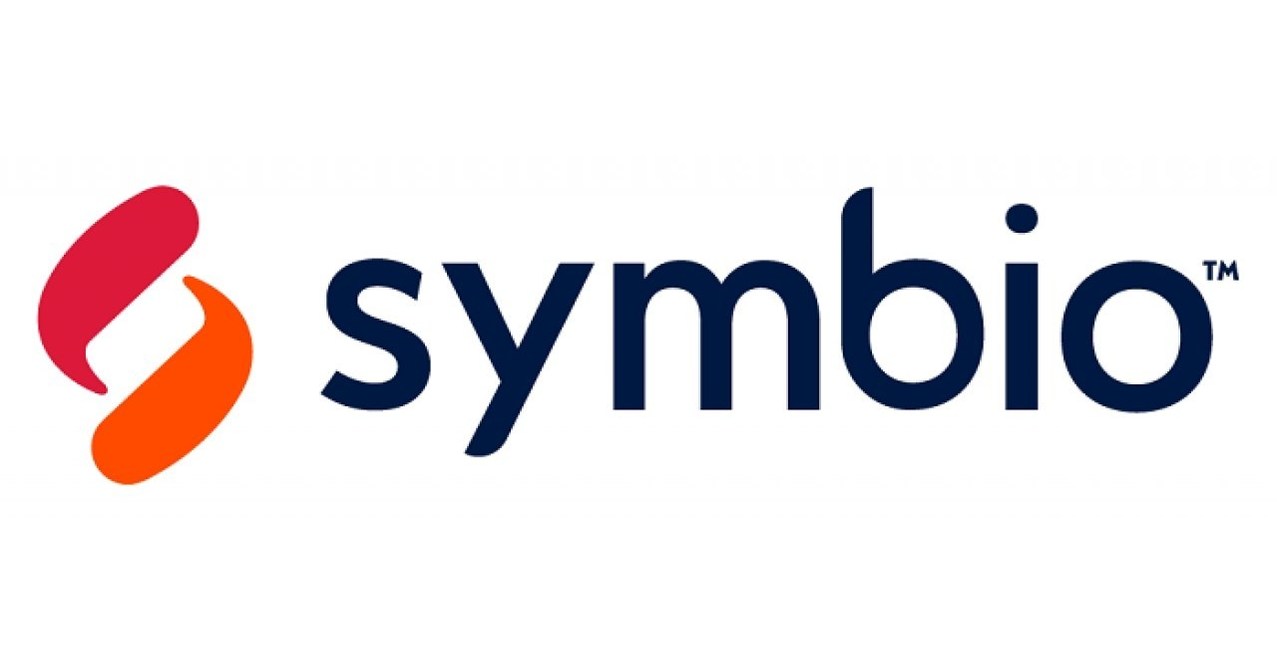

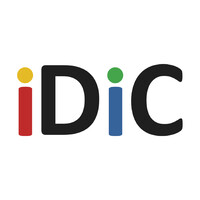
CASE STUDIES
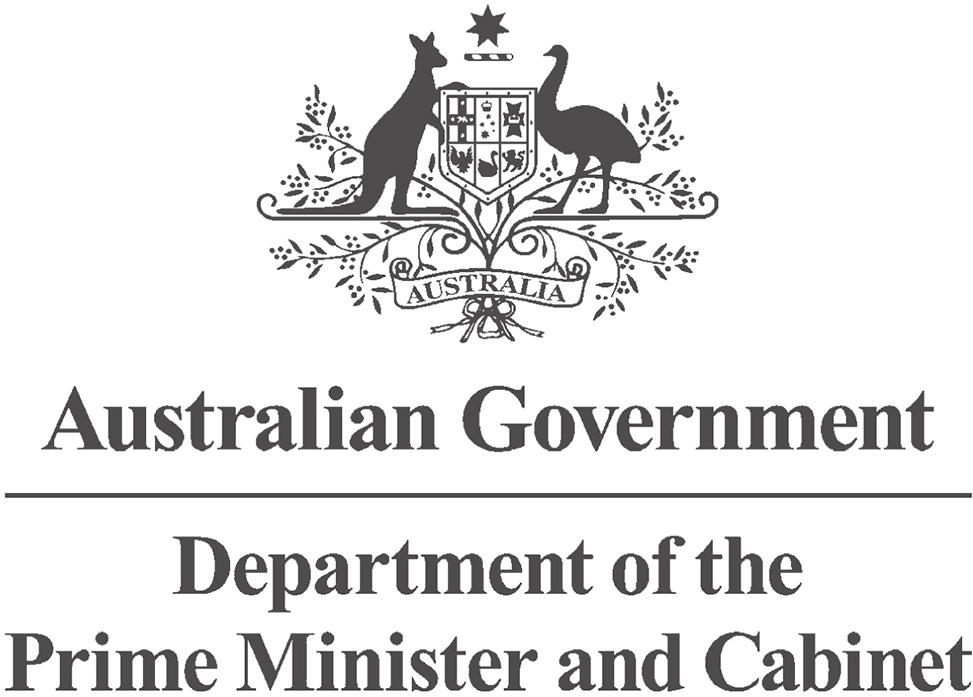
Department Of Prime Minister & Cabinet
Message Stick developed an agreed ICT training suite, centred around Microsoft Office 365 (O365), Skype for Business and related NIAA business functions for NIAA staff, including: planning, design and development of highly engaging informational, competency-based training and reference materials to meet project and agency requirements. This included interactive help guides and other products requested by the customer including fact sheets, quick reference guides and user manuals.
We provided a team of five trainers (including a manager) to deliver the training material, with a trainer expected to travel as part of a transition team to selected NIAA sites to undertake initial face-to-face training, with printed and on-line material provided as post educational support.
The service included the following requirements:
- Conduct analysis to determine user capability needs
- Design learning solutions to build digital capabilities for individuals, teams, executives and organisations
- Develop learning solutions in conjunction with subject-matter experts, learning design standards and other sources
- Deliver learning solutions that meet user needs across appropriate modalities
- Evaluate and iterate learning solutions to improve agreed outcomes
- Support the ongoing development and implementation of digital expertise in individuals, teams, executives and organisations
- Design and deliver end-user training.
CASE STUDIES

Department of Health
Message Stick provides a fully managed support and maintenance service for Cisco Webex Video Conferencing and approximately 350 video conferencing rooms nationally across all Health sites, Ministerial offices and portfolio agencies, in addition to hardware supply and installation.
Message Stick provides on-site support and concierge services as well as monthly maintenance of all rooms. The Message Stick service includes three full-time on-site staff (all of whom have minimum NV1 clearances). Message Stick’s on-site level 2 staff respond to support tickets and resolve issues as well as conducting regular maintenance and concierge support. Message Stick also provides a level 3 service which remotely monitors the “hybrid environment”.
We continually review and improve this service, based on health requirements (Vaccine taskforce), new technologies (e.g. Cisco room navigators) and new features (i.e. Webex Assistant).
CASE STUDIES
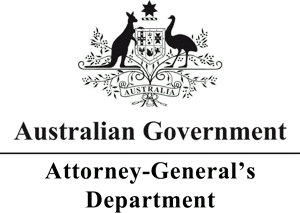
Attorney General’s Department
Event and concierge video conferencing room design, supply and installation.
Message Stick supports the Attorney-General’s Department by providing concierge support for video conferencing meetings primarily for department executives. The Message Stick on site team at Attorney General’s Department comprises two level 2 staff as well as a trainee who is part of Message Stick’s Indigenous training program.
In addition, Message Stick has designed, supplied and installed a number of video conferencing meeting rooms including the Secretary’s executive suite and a five-room combinable space.
